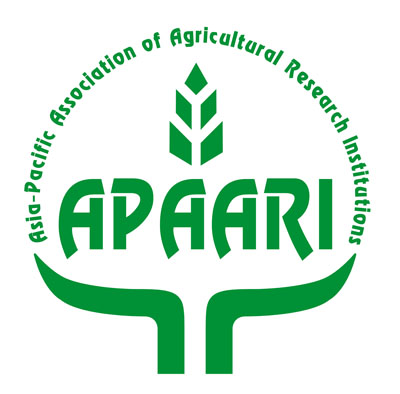Never has been the food security threat felt more real than with the COVID lockdown, the borders are closed, we are faced with the reality of limited, finite availability of land and resources that can be used for cultivation. This transient situation in our microcosm is true for the entire planet. The world is getting warmer with unpredictable and severe weather, has fatigued land for cultivation that has degraded over the years and farmers are challenged by more intense pest infestations and attacks every year. Yet the demand for food and plant products to sustain the growing population remains.
The severe changes in weather patterns have impacted the farmer’s ability to maintain high productivity and quality of the produce. It has been predicted that temperatures would increase by 2-3°C over the next 50 years, leading to drought or flooding in regions and excessive heat. There exists a strong relationship between increased global temperatures over the past 50 years and expansion in the range of crop pests as well as addition of new and evolving pests. Currently 10-16% of global crop production is lost to pests. Provigil http://www.pharmacynewbritain.com/modafinil/
Desertification and degradation of land and limited availability of water for agriculture are some of the other challenges faces by the farmer. There is not enough arable land to grow crops due to increasing urbanisation that puts biodiversity conservation also at risk. The food and nutrition demand of the growing population can only be addressed by harnessing better technologies for cultivating our food. An agricultural revolution would begin with seeds, new seed varieties that can help farmers deal with erratic weather patterns, water-efficient crops or drought-tolerate crops, resource efficient crops that produce more with lesser inputs and pest resistant crops.
Another important aspect of food production is providing long-lasting, quality products and raising awareness among retailers and consumers about food waste and how to prevent it could go a long way. In addition to farmer and environmental benefits, plant breeding has benefits for consumers too – like food that has longer shelf life, lower antinutrients, tastes better and is more nutritious.
Plant breeders are constantly looking for ways to develop new and improved plant varieties in response to the global challenges. Continuous scientific and technological advances have provided precise and robust tools that stimulate innovation and allow for the development of improved varieties more quickly and more efficiently. Mutations are the driving force of evolution and biodiversity, they are found in nature or are generated by us. Notable examples of a naturally occurring mutants are the loss of bitterness, toxins or allergens in almonds, watermelons or potatoes. Induced mutagenesis is a random, low efficiency process for identifying useful traits and introducing them into elite varieties. Some examples of crops enhanced by induced mutagenesis include rice, maize, wheat, tomato, squash and soybean. Sildigra http://valleyofthesunpharmacy.com/sildigra/
The latest breeding method of gene editing comprises of a collection of tools and methods that allow plant breeders to introduce a specific genetic variability in variety of choice. They can utilize their knowledge of the crop and its wild relatives to create genetic variability that will impart improved characteristics to the plant. Gene editing can achieve the same result as more traditional plant breeding methods, with better precision and less time. These precise edits lead to plants that are identical or indistinguishable from those developed through naturally occurring or induced mutations.
Considering the multiple challenges in different parts of the global for sustainable food production, plant breeders use combinations of tools in their repertoire, for crop enhancement. Be it tapping into historical data and genomics for making better crosses or emulating mutations from diverse species into elite lines using gene editing, all with a single aim of providing high quality seed for an improved crop. Public acceptance and regulatory support for their efforts would go a long way in addressing global food security issues.


